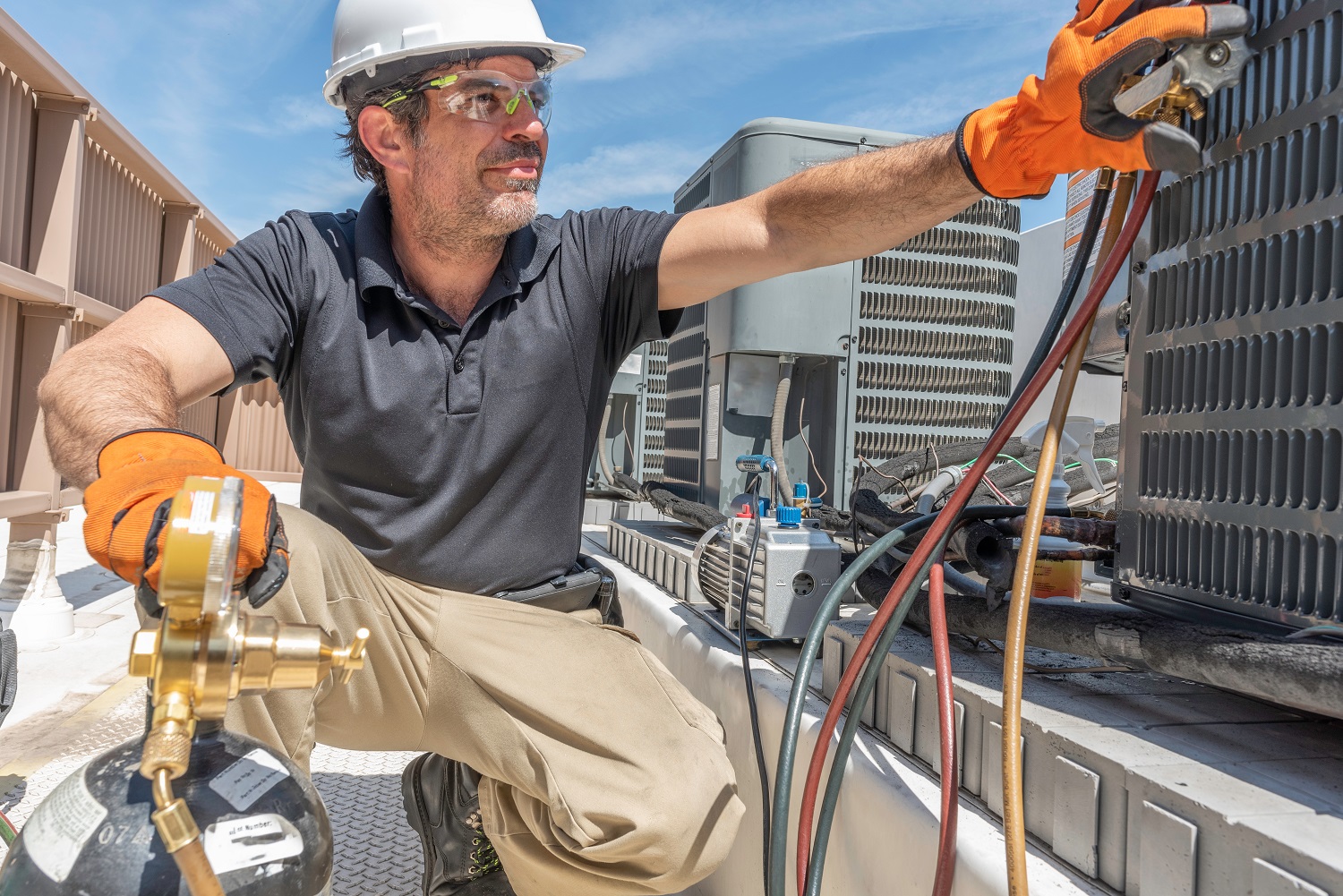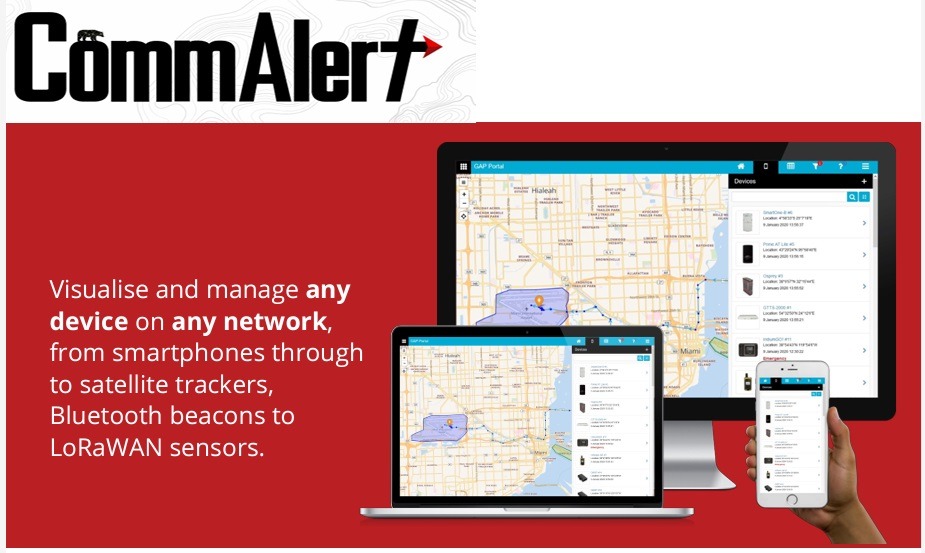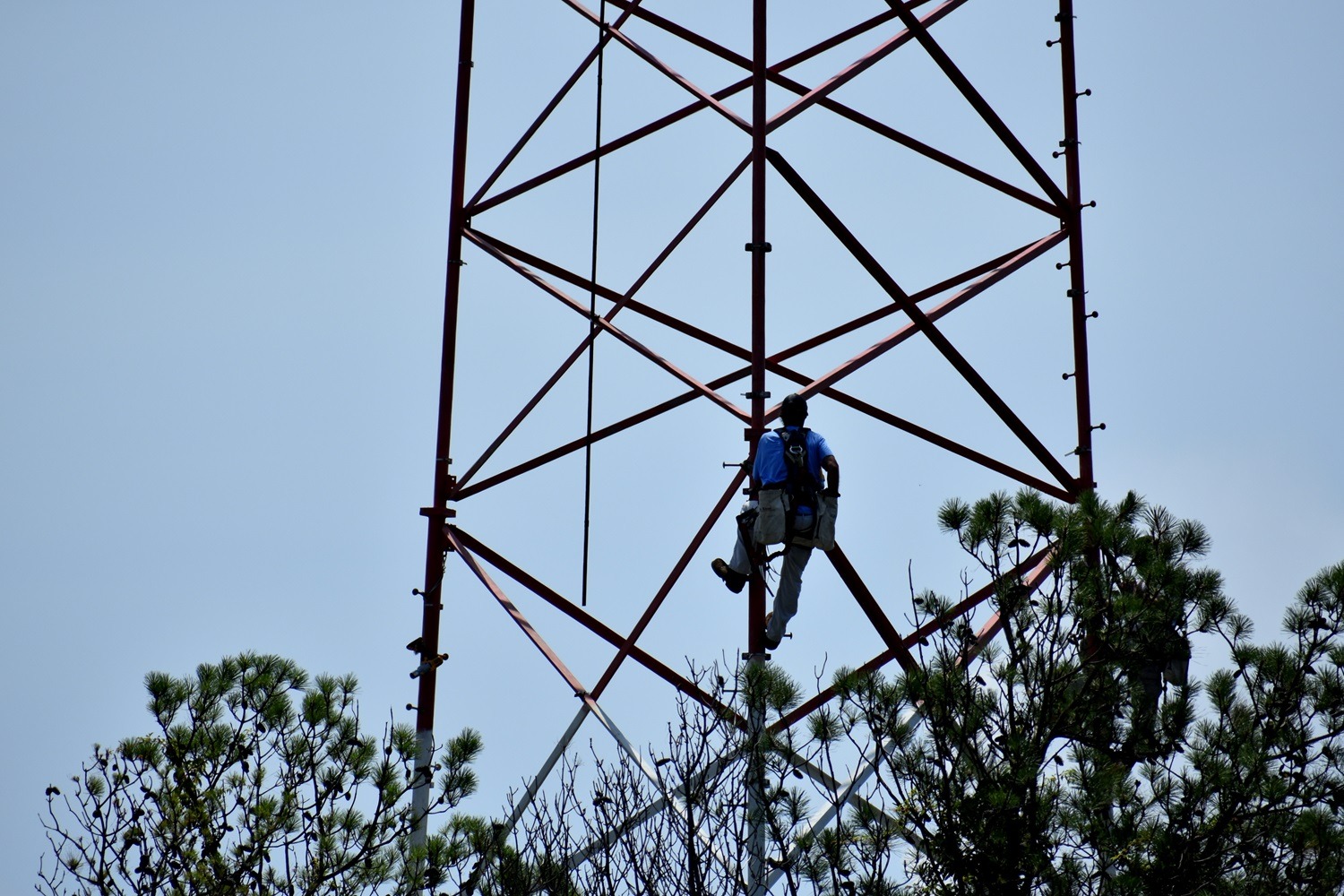
Working as an HVAC technician can be risky. Commercial HVAC contractors might work at heights, in confined spaces and on high voltage electrical systems. For residential HVAC techs, they’re entering someone’s home alone, and there are still risks, some unknown.
To improve the safety of your HVAC technicians, invest in a lone worker monitoring system.
The law requires lone worker monitoring
For any workers who work alone, the Canadian Centre for Occupational Health & Safety Code requires the employer to:
- Conduct a hazard assessment to identify potential or current health and safety risks associated with working alone.
- Put health and safety measures to help control those risks to lone workers.
- Ensure that all lone workers have an effective way of communicating with a designated person at all times in case of an emergency.
- Contact the lone workers at regular intervals as determined from the risk assessment
- Ensure each lone worker has the proper training and education to perform their duties safely.
According to OHS, HVAC technicians who work alone require work alone monitoring. The CommAlert Group can offer 24-hour monitoring and support to your HVAC technicians. In addition, we’ll create customized communication and check-in procedure that works best for their specific job and the assessment of risk.
Customized lone worker monitoring is best
Some jobs will be more hazardous than others. For those riskier jobs, like working alone at heights or in a confined space, we can increase the frequency of check-ins. In addition, HVAC technicians can also alert us if they find themselves in a high-risk situation, so we can be aware and increase check-ins. For example, the worker might need a check-in every 10 to 15 minutes to ensure their safety. Sometimes, the worker might choose to have an agent live on the line while accomplishing a riskier task.
We can set up a program with fewer check-ins for those who work in a low-risk settings, like residential homes. For example, it might include a live check-in and the start and end of each shift, with a few during the day. Also, the monitor should be aware of the technician’s plans for the day, including the addresses of the locations they will be working at that day. They should also be alerted if that plan changes.
Emergency communications response procedures
We will develop an emergency communications response procedure when you set up your lone worker monitoring with CommAlert. Then, if a worker fails to check in and our agent cannot reach them, we will initiate this call-out procedure.
First, we will contact people from your organization from a contact list you’ve provided. If no one can reach the worker, we’ll escalate the response according to your specific procedure until the worker is located or reached.
Keeping trades safe
In many trade industries, it’s common for workers to be required to work frequently on their own. Most HVAC technicians are lone workers and need a solution to help keep them safe. Ask us about our 24/7 work alone monitoring and emergency communications program.
Learn more about lone worker safety.




